Pronghorn
A Quick Look at North America's Champion Speedster
The sun lingers in the cornflower blue sky of late afternoon. A breeze ripples the tall grass in the field and gains the attention of a pair of pronghorn bucks grazing. Their large eyes scan the landscape in front of them, ever on guard for their herd nearby.
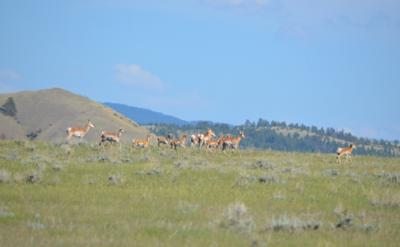
The pronghorn, with its russet-tan and white coat and curiously branched horns, is an original native American. Though closely resembling African antelope, the pronghorn bears no relation and is actually the last surviving member in the world of the Antilocapridae family. Today, North America is the only continent on earth where pronghorns are found
Like the bison, pronghorns have long roamed the Great Plains region, and it is estimated that some 35 million once inhabited the area. Their number was devastated, however, by the end of the 19th century due to hunting and human settlement. Only about 13,000 remained by 1915. But thanks to their principal defenses of speed and endurance the pronghorn population persisted and today there are about one million in North America.

Meriwether Lewis and William Clark made the first noteworthy observations of the animals, particularly regarding their speed, in their journals. On September 3, 1804, the Corps of Discovery caught their first glimpse of the animals on the prairie near Springfield, North Dakota. Some of the men recognized the animals and referred to them as cabri, which is the French word for goats. Clark noted that they were very “wild and fleet.” Lewis would also note their incredible speed on September 17, 1804 writing, “I had this day an opportunity of witnessing the agility and superior fleetness of this animal which to me was really astonishing...I beheld the rapidity of their flight along the ridge before me. It appeared rather the rappid flight of birds than the motion of quadrupeds.”
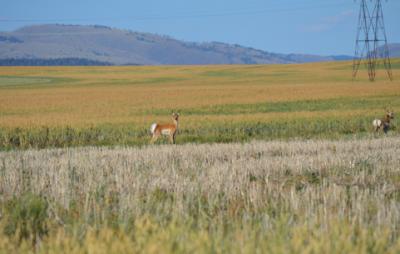
From the moment they are born, pronghorns are resilient and practically hit the ground running. Pronghorn does give birth at the end of winter and usually have twins. Fawns begin walking within their first hour of life and can outrun a man when only four days old. They are born with a need for speed.
The pronghorn’s incredible speed earns them the title of “speed goats.” They are second only to the cheetah in being the fastest mammal on earth. They are capable of quick bursts of speed up to 55 or 60 miles per hour. But unlike the cheetah, who is largely a sprinter, pronghorns can cruise along at speeds of 40 to 45 miles per hour for four miles or more. Predators certainly have their work cut out for them when they set their sights on a pronghorn.
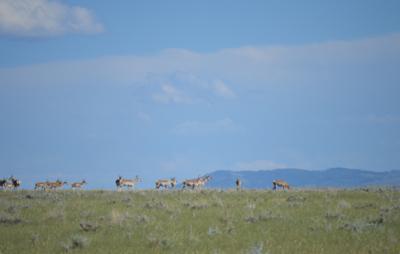
The animal’s physiology designs them for such speed, which is possibly a lasting legacy of needing to outrun predators thousands of years ago like the now-extinct North American cheetah. According to the National Parks Conservation Association, pronghorns have a light bone structure and unusually large lungs, heart, and trachea that keep enough oxygen and blood flowing when they hit top speeds. Their distinctive pronged horns are also built to save weight and increase speed.
They consist of a hollow shaft of keratin supported by a bony core, which is shed annually. Pronghorns are the only animal that has branched horns that it also sheds.
Especially large eyes with impeccable eyesight are another asset. Each eyeball is approximately one and a half to two inches in diameter, and with their placement far back on the animal’s head, they have a nearly 300-degree arc of vision. This helps the animal spot predators up to three miles away.
One of the pronghorn’s only major hindrances, according to Mark Sullivan, wildlife biologist for Montana Fish Wildlife and Parks, is their refusal to jump fences. Due to evolving on the flat prairie grounds prior to western settlement, the pronghorn never had to jump over obstacles while migrating. Instead, pronghorns look for gaps in the line or simply go under the fence. According to Sullivan, fences pose a major problem for antelope in winter months when they start migrating. Because of this, wildlife agencies are working to convince private land owners to raise their fences’ bottom wire up to 18 inches so pronghorns can go under them.
The pronghorn is one of Montana’s most noteworthy inhabitants, not only because of its ingenious physical makeup and abilities, but because of its sheer endurance and will to survive—the very principals the western United States and Montana were settled on.


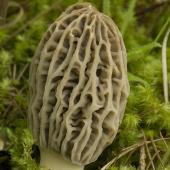
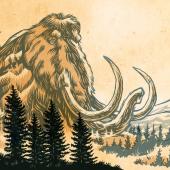
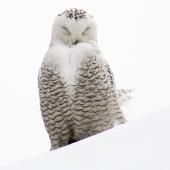
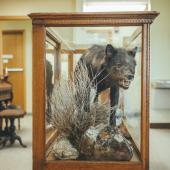


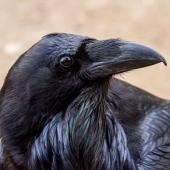
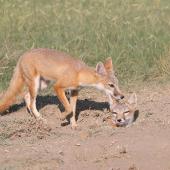
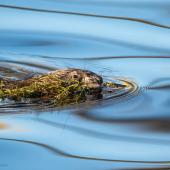

Leave a Comment Here